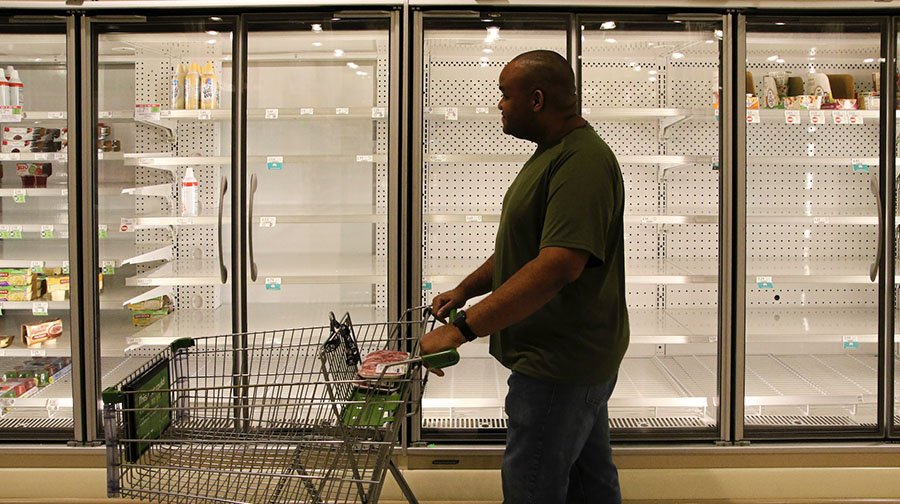What to do When You Don’t Have Enough Data
Surveys are our main source of post event data. We’ve all had events where the response rate is not what we had hoped for. Low response rate however, is relative. For events with one main audience type, a smaller sample will deliver useful insights. For events with a more complex audience profile you’ll want a valid sample for each segment, requiring a larger overall response rate.
So, what do you do when response rates are low?
Set Yourself up for Success
Pre planning is key:
Track respondent demographics. Either in the survey itself, or by linking registration data to the survey data, the more closely the respondent demographics match attendee demographics the more faith you can put in a small sample.
Track open and click rates for survey emails. Tracking the roadblock in attendee responses will allow you to adjust your distribution plan.
Include open ended questions. Qualitative data is useful when response rates are low because verbatims can add nuance and context where the quantitative result isn’t statistically valid.
Clear call to action. Ensure your Survey CTA isn’t buried amongst other post event housekeeping details and craft a strong subject line for your email invite.
Get More Responses
Your best bet is to course correct while the survey is still open:
Reopen or extend the survey. If you have the time and ability, add time for attendees to respond.
Push for more responses. Send (additional) reminders and utilize personal outreach if possible.
Triage the roadblocks. Are you not generating enough potential respondents (low attendance/registration)? Is there a high bounce rate (they aren't giving the proper contact)? Are they opening the invitation to complete the survey (CTA is weak)? Low completion (asking too many questions)? Explore additional methods to get the survey to attendees, or pare down the question set.
Add an incentive. Consider future experiences or discounts if there is no budget for an incentive.
Consider a proxy. Ask your sales and brand teams who have interacted with the audience to complete surveys with their impressions. This method is not perfect but gives another data set to work with.
Manage a Small Sample
Get the most from the data you have:
Look at those demographics. Use the correlation between overall attendee and survey respondent demographics to weigh your data (i.e. close mapping gives more weight).
Map behavior. Use event performance data to validate themes and patterns in the survey data. Review available sentiment trends on social media and website traffic patterns (if relevant).
Understand the impact. As you look at the data, know that you’ll find broad themes and patterns instead of nuanced insights.
Set expectations. Frame results for stakeholders to highlight the qualitative value in the responses, call out the potential negative skew (the unhappiest are often the loudest), and reinforce that the findings add texture and context to the event but are not to be considered directives.
There is always value to uncover in the data you have, knowing how to glean and contextualize insights ensures value for your team and your clients.

